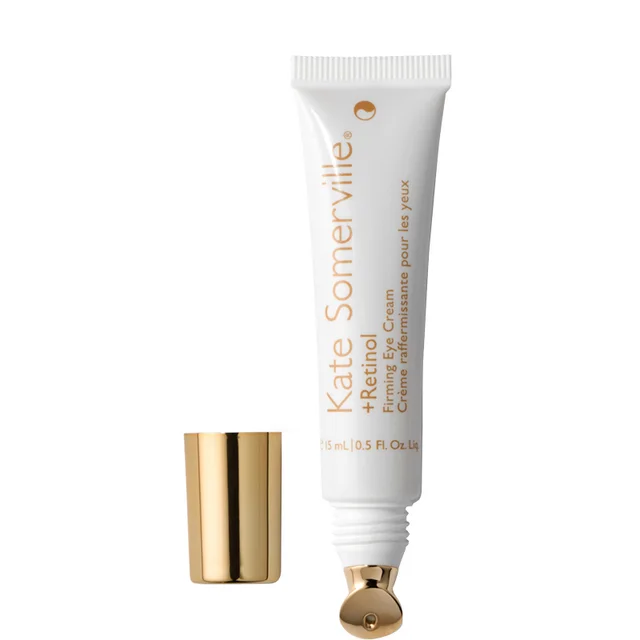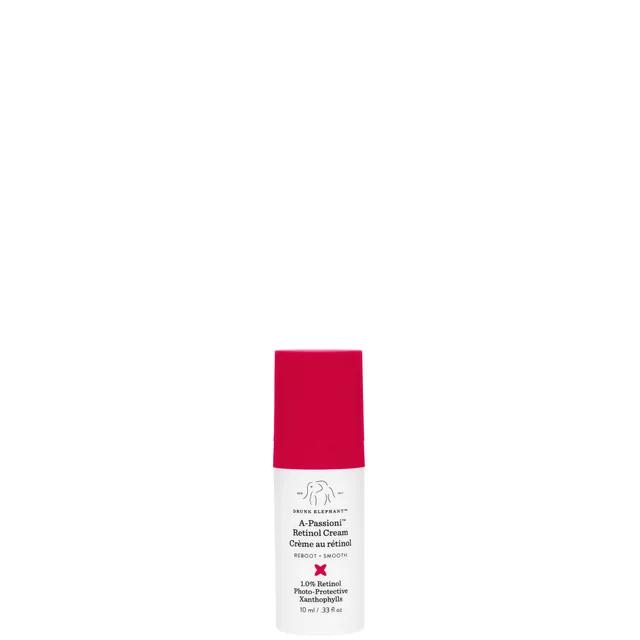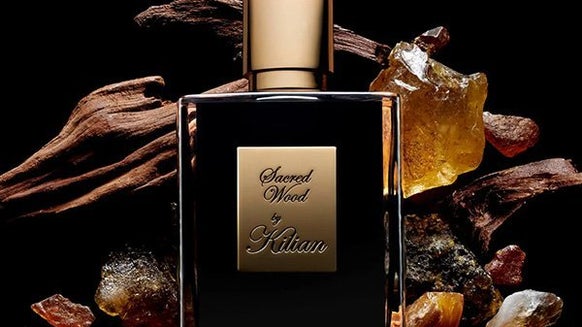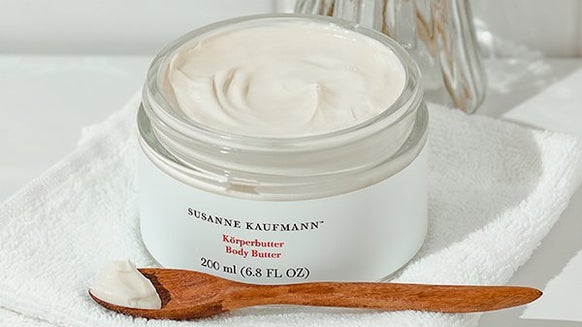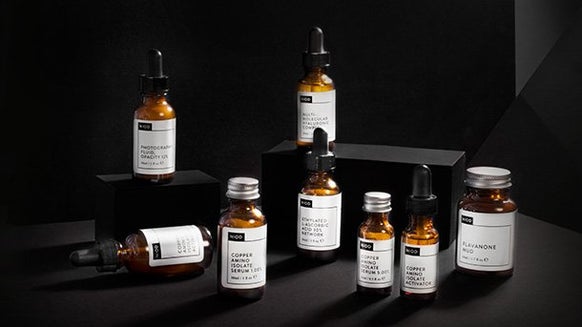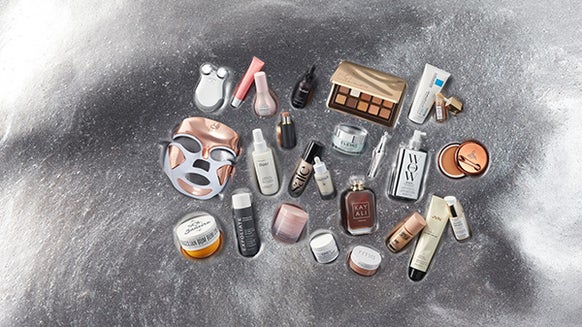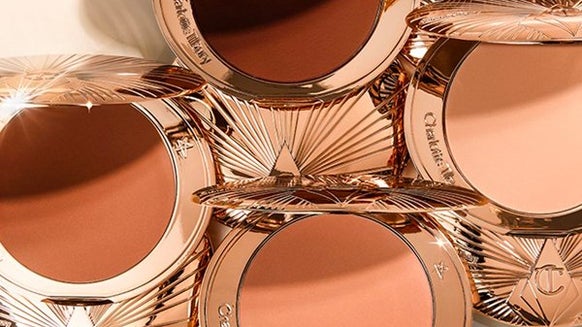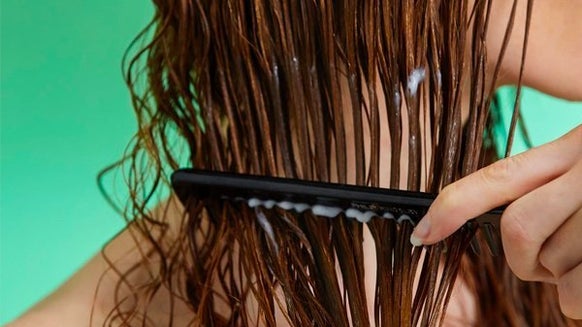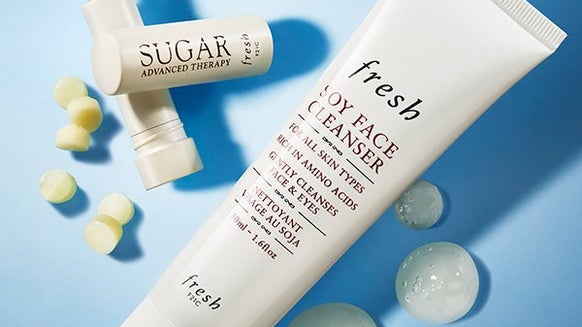8 retinol myths we need to stop believing
Are you eager to reap the rewards of this beauty-boosting and youth-enhancing hero ingredient but have been continually put off by a range of farfetched and scary myths surrounding the dos and don'ts of using retinols? Well, we're here to set the record straight so you can up your vitamin A-game. Read on to discover which myths we're glad to say have been debunked:
It’s one of the biggest myths around... if you use retinol-based products you have to avoid the sun and using them during the daytime is an absolute no-no, however this isn’t the case. While {retinol} is known to thin the uppermost layers of the skin (therefore decreasing its protective capacity) retinol doesn’t cause the same sensitivity in daylight as its more potent, prescription-only forms (which is where the myth comes from).
Try Pixi’s gentle introduction to the beauty-boosting vitamin A derivative - {Retinol Tonic} - and remember to always pair it with an effective {SPF}. We love Dr. Barbara Sturm’s SPF 50 {Sun Drops}. This will shield retinol-based products from free radicals and sunlight (which can cause the potent ingredient to oxidise and diminish if left unprotected), keeping them stable and effective throughout the day.
This is based on a misconception surrounding the ingredients' pH levels and the idea that they diminish or deactivate each other. However, studies have actually shown that when vitamin A and C are used together, not only do they remain stable and effective but, {vitamin C} helps to further defend skin against free radicals (which protects retinol from oxidising, therefore increasing its age-defying benefits to skin) when applied underneath an SPF during the day. This makes them a formidable defence duo against fine lines, wrinkles, uneven skin tone, browns spots and loss of firmness.
Try using Sunday Riley’s {A+ High-Dose Retinoid Serum} at night and then the {C.E.O. Glow} face oil under an SPF during the day to replicate these results - both coming to Cult Beauty very soon...
It’s a popular misconception that retinol and AHA or BHAs shouldn’t be used together for two reasons. The first, is that the acidic pH of AHA and BHAs could reduce retinol’s efficacy and the second, is that retinol - similarly to AHA and BHAs, works by exfoliating the skin and so by using them together you risk over-exfoliation and irritation. Both are completely false, the two work very differently to improve your skin, but complement each other very well when paired in a your routine.
A derivative of vitamin A, retinol is an important antioxidant ingredient that stimulates cellular turnover at skin's lower levels, meaning it produces healthier and younger cells resulting in a 'plumper', more resilient complexion. Meanwhile, AHA and BHAs work more superficially to melt the 'glue' that binds dead cells to skin and clogs your pores. Used together, AHA and BHAs clear the way for retinol to penetrate more readily, resulting in more rapid regeneration.
Try making a Drunk Elephant 'smoothie' by mixing {A-Passioni Retinol Cream} with {T.L.C. Framboos Glycolic Night Serum} and then finishing with a shot of {B-Hydra Intensive Hydration Serum} to help hydrate and seal in moisture while you slumber.
As mentioned above, yet another popular misconception surrounding retinol is that it is a chemical exfoliant (some mistake initial 'flaking' for exfoliation). Retinol is actually a skin-renewing antioxidant that regulates the way in which cells generate - boosting collagen production and 'thinning' the uppermost layers of the skin which prevents pores from clogging and loosens dead cells. This helps to reveal fresher, healthier cells and helps gradually minimise dark spots and scarring, leaving your visage more vibrant.
If you do experience flaking, this is either a sign of irritation, or dehydration. It’s really, really important to make sure you moisturise regularly when using a retinol, so try finishing your routine by applying a hydrating layer of moisturiser or serum such as Shani Darden’s {Daily Oil-Free Moisturiser} over the top to seal in moisture. However, it could also be a sign that you’re either using a strength that is too potent for your skin or you’re using it too frequently. Try switching to a lower strength to solve the problem and apply twice a week max. Then, build up to using it every other night or as frequently as your skin can withstand. After continued use your skin will build up a tolerance and you can slowly increase your usage or the strength.
Most brand directions suggest applying retinols only to clean and dry skin. By doing so, it limits the products penetration and therefore decreases the chances for potential irritation, perfect for those with sensitive skin or who're just introducing retinol (or a stronger formula) to their skin care routines. However, if you’ve been using retinol in your skin care routine for an extended period of time and you’re thinking about changing to a stronger strength or increasing your daily use, try applying to it damp skin to see better results.
Commonly susceptible to wrinkles and crows feet, not only can you, you really should! Applying retinol to the eye area will help boost collagen production (which reduces crêpey-ness and improves firmness) and delays development of fine lines. However, as skin around the eye area is thinner, retinol's ability to absorb and work its magic is greater, increasing chances of irritation so be sure to use a product specifically developed for the eye area, like Kate Somerville’s {+Retinol} or Dr. Dennis Gross Skincare’s {Ferulic + Retinol Eye Serum} and apply to dry skin, then use a moisturiser to prevent skin drying out.

